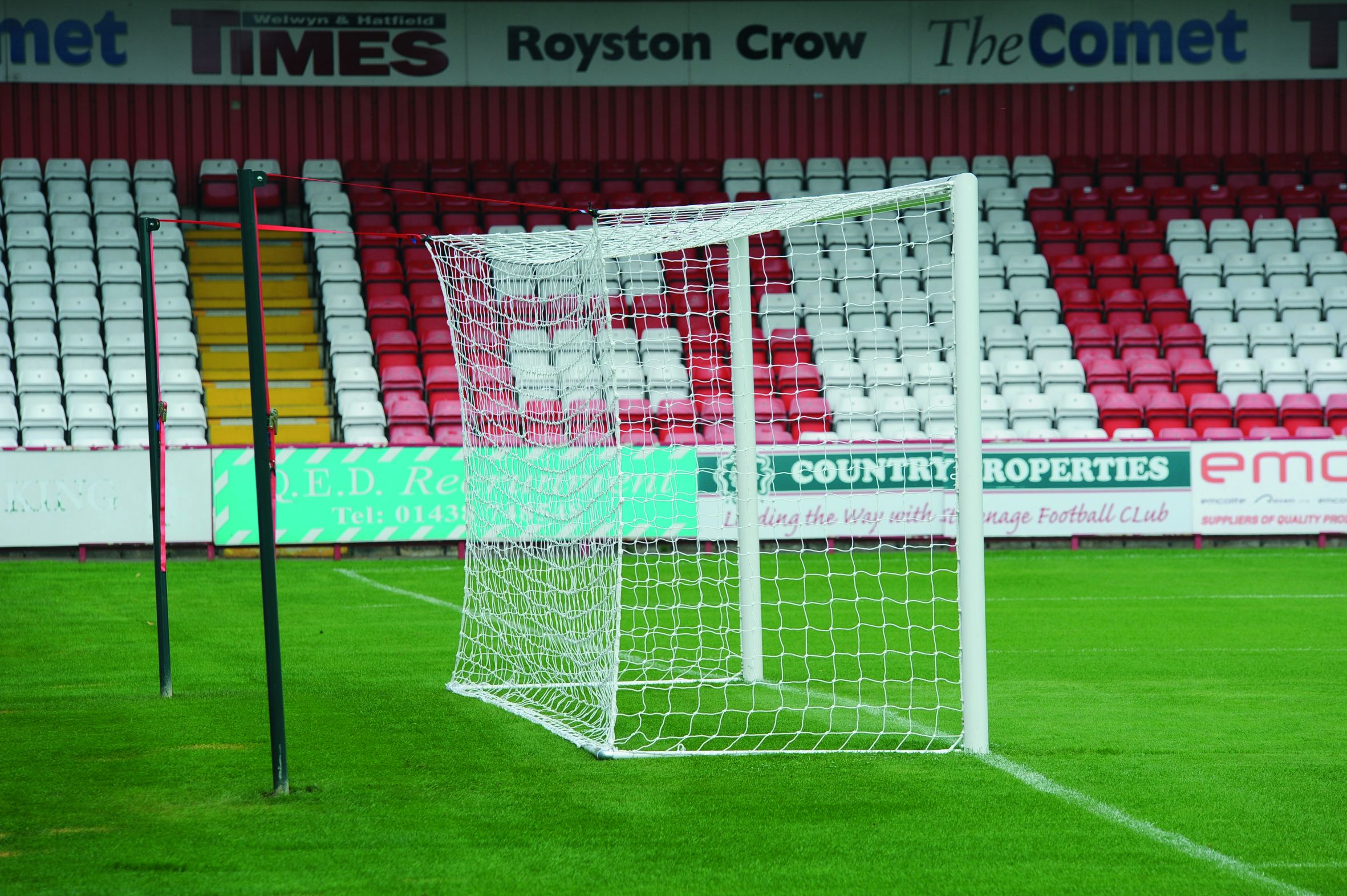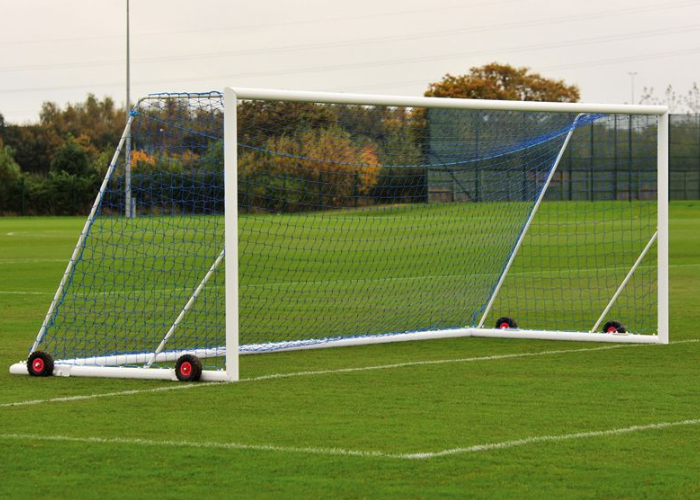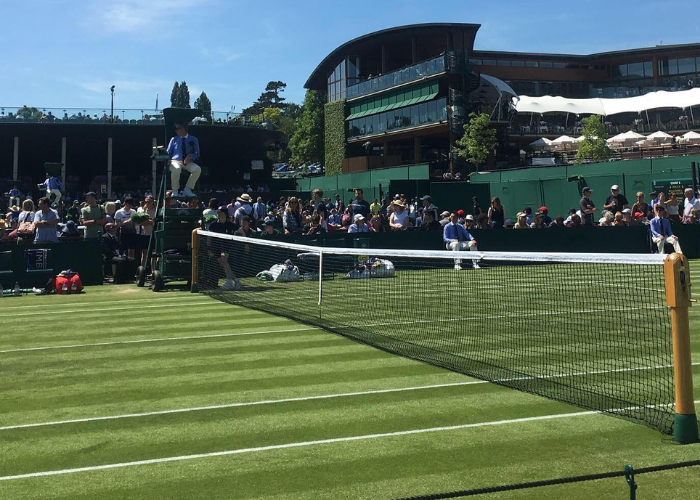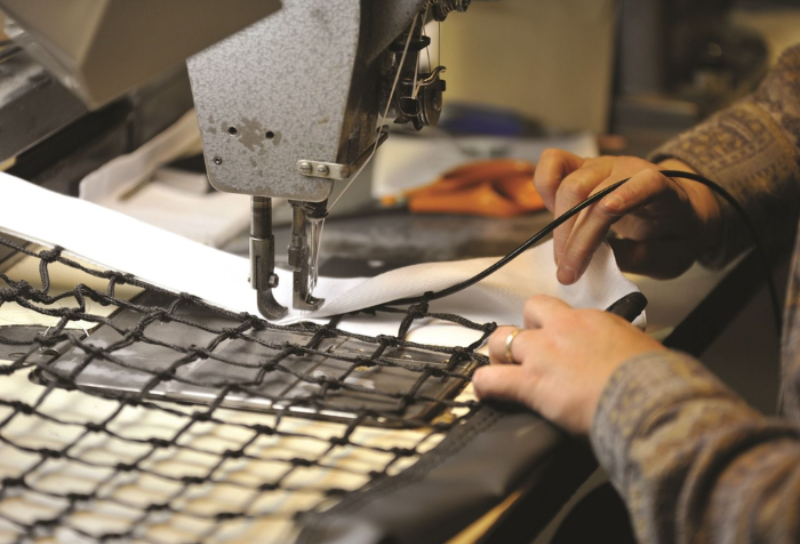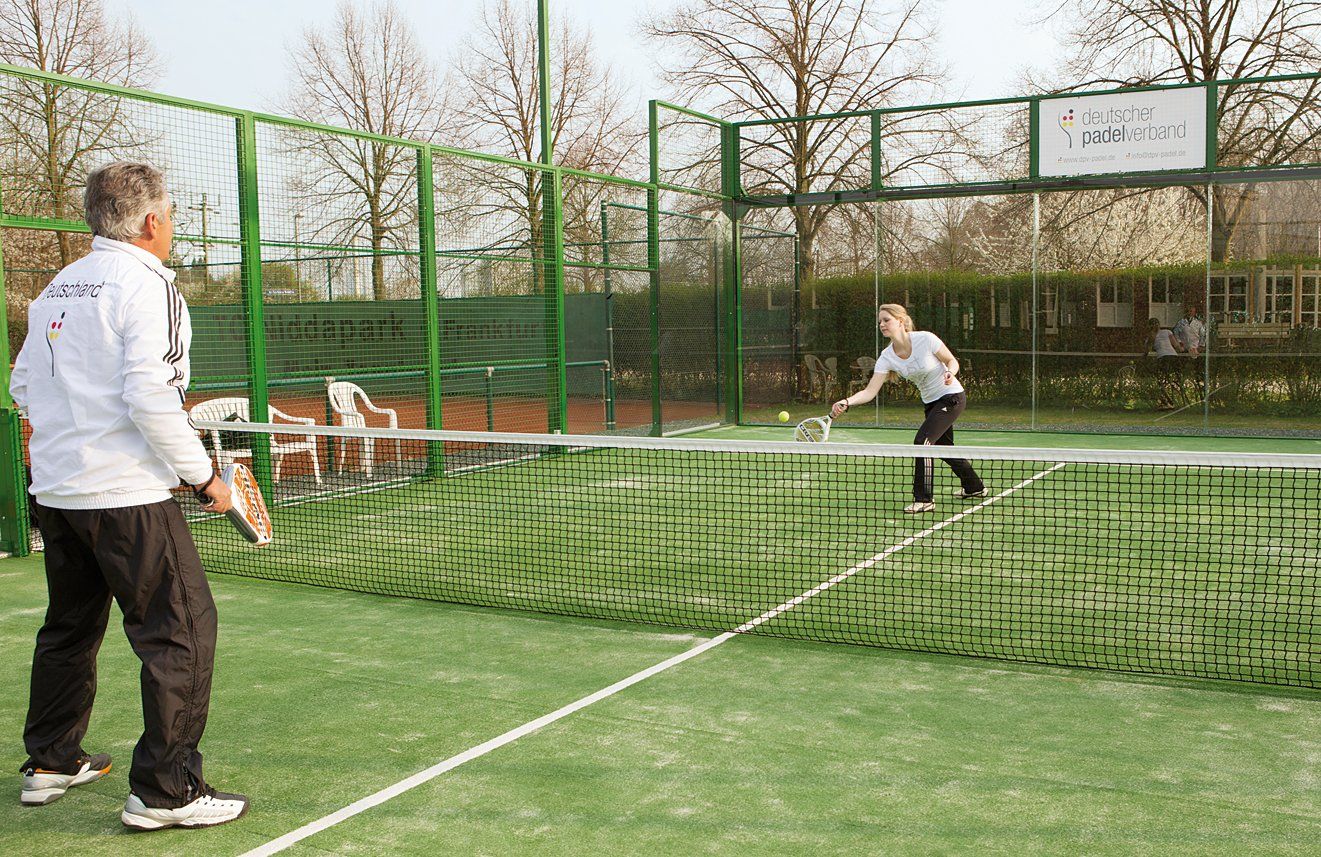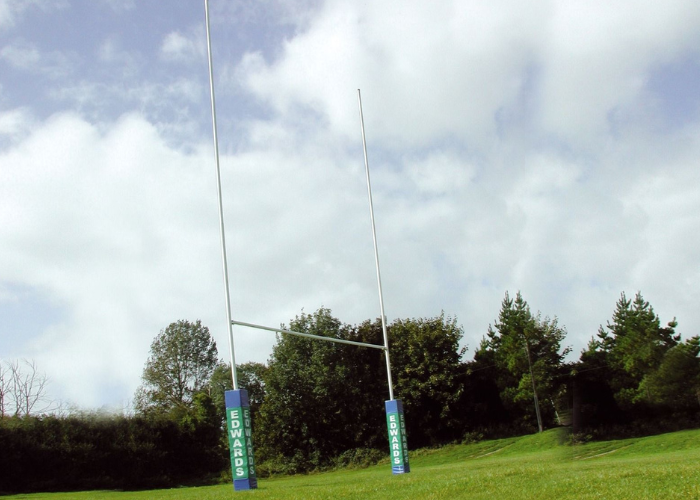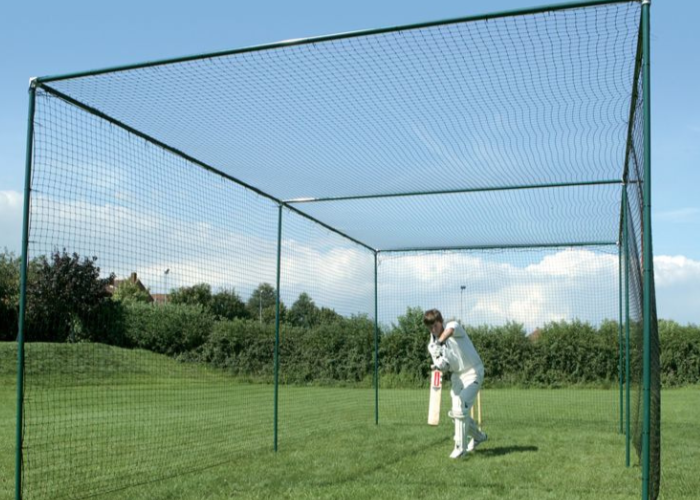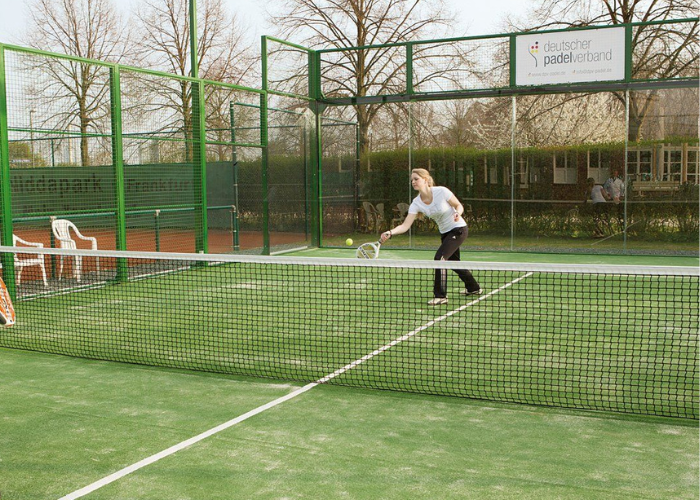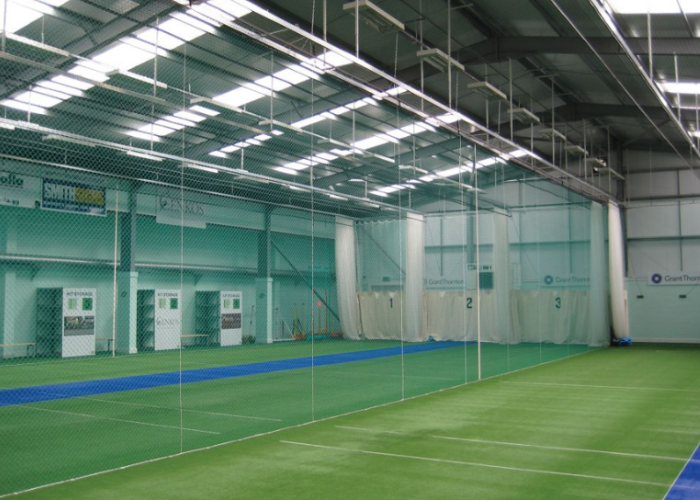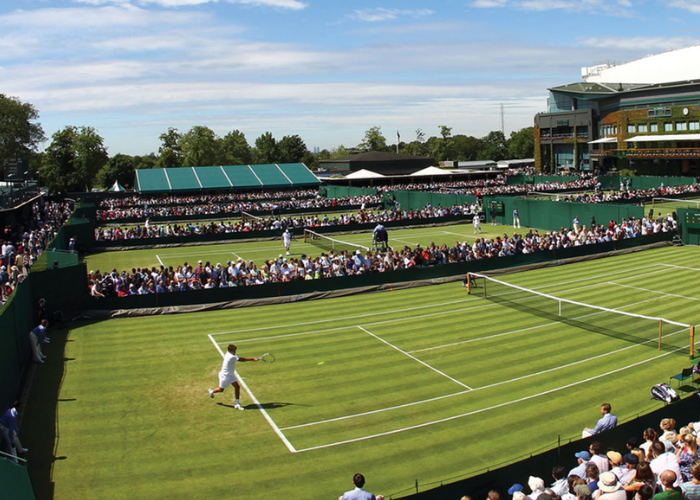We use cookies to make your experience better. To comply with the new e-Privacy directive, we need to ask for your consent to set the cookies. Learn more.
From Professional to Practice: Why Types Of Tennis Balls Affect Your Game
- Admin
- Blog Posts
- 12 Jan 2023
-
103views
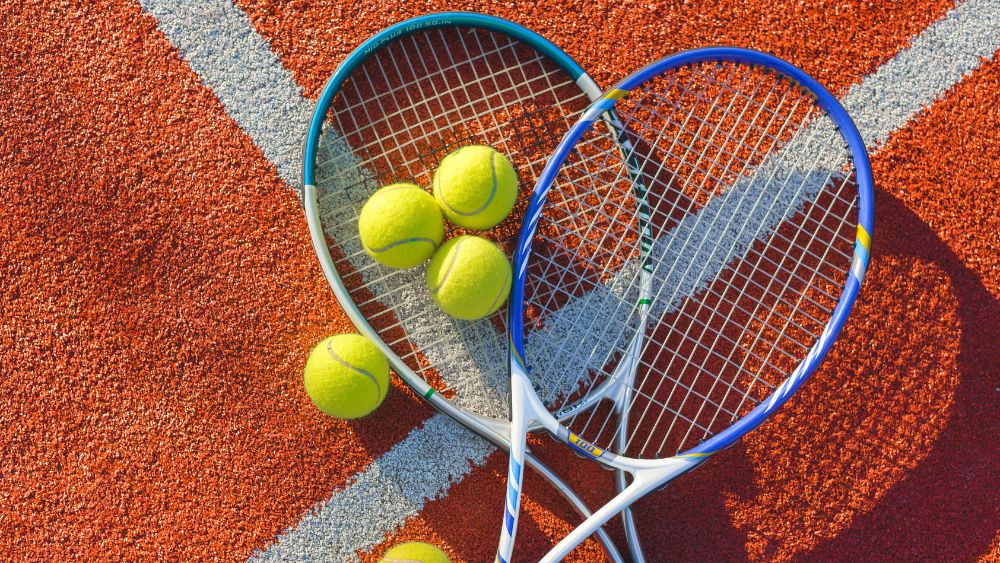
Learn about different kinds of tennis balls and how they can influence your game! From professional tournaments to practice drills, Edwards Sports examines why types of tennis balls matter!
Around 55,000 tennis balls are used during the Wimbledon Championships every single year. But just exactly how much do these balls affect your game?
Tennis balls are one of the essential pieces of equipment you need to play the sport – alongside your racquet and court. And if you're unfamiliar with tennis, you may just assume that a tennis ball is just a tennis ball.
Whereas in reality, there’s a huge variety of tennis balls available to choose from, and each type has its own advantages and disadvantages for your style of play or the scenario you’re in.
It might not seem like it, but the type of ball you use can make a huge difference to your game. Different balls are designed for different court surfaces and play styles, as well as for different levels of ability.
So whether you’re just starting out or you’ve been playing for years, understanding the different types of balls available, and which one might be best for you, will help enhance your play.
Different Types of Tennis Balls
Tennis balls are divided into four main categories, depending on their intended playing surface: regular duty, extra-duty, grass court and hi-altitude balls. Each type of tennis ball is specifically designed to offer the best performance on its intended playing surface.
Regular-duty balls are the best tennis balls to use on soft courts like clay. It is designed to be used on a regular surface, so it has a slightly softer feel than the other balls. The felt on these balls has been engineered to slow the ball down ever so slightly, helping you gain more control over your shots.
Extra-duty balls are specifically designed for hard courts like asphalt or concrete. They have a harder felt and are more resistant to wear and tear, meaning they last longer during a game. The harder the ball is when it hits the court, the faster it will travel and bounce off of the surface – giving you more power in your shots.
Grass court balls are designed for use on grass courts only – hence their name. They are essentially just regular duty balls, but they have been slightly altered to be more suitable for grass courts.
Hi-altitude balls are designed for higher altitudes – like in the mountains of Colorado and other high-altitude locations. These balls have been specifically engineered to maintain consistent pressure at higher altitudes.
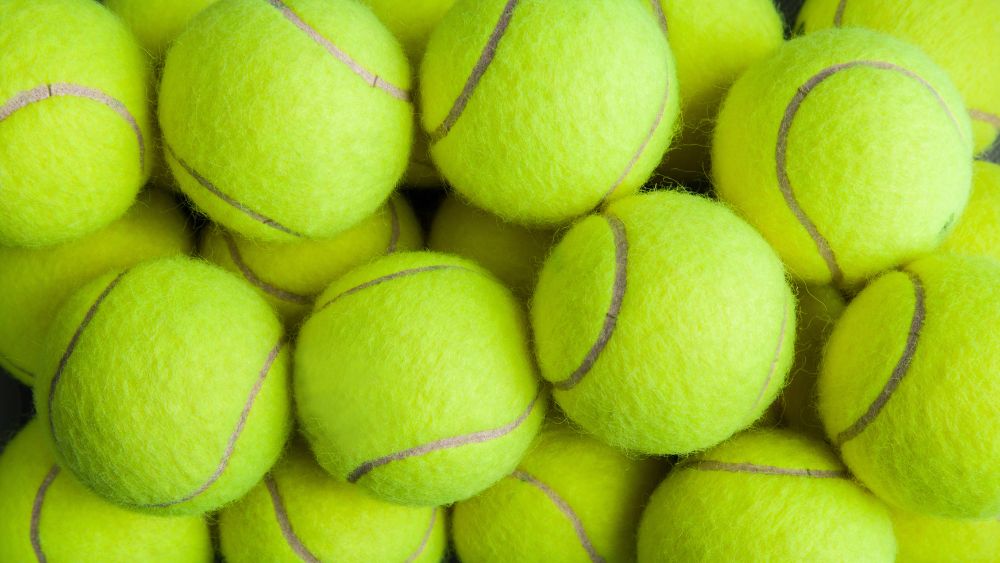
by © Canva.com
Practice Tennis Balls
Practice tennis balls are designed solely for practice. They have a softer and lighter feel than normal tennis balls.
They are typically used in tennis ball machines and are perfect for beginners, who may find it difficult to control the more advanced balls.
These shouldn't be used for competitive matches, as they may not meet the regulations for play.
Professional Tennis Balls
Professional tennis balls are the best quality you can get, and they are designed for use in professional tournaments.
These balls have a higher pressure than practice or recreational balls, which offers more power and control to advanced players.
Championship Tennis Balls
Championship tennis balls are a level below professional-quality tennis balls, and might be found being used at tennis clubs or local tournaments.
These balls are a good step-up from practice balls and can help you become more accustomed to the feel of playing with higher-quality tennis balls.
Why Does the Type of Tennis Ball Affect How You Play?
The type of ball you choose can make a big difference to your performance. Different balls react differently to different court surfaces, as well as the player’s skill level and playing style.
The level of pressurised air inside the ball, as well as its size and weight, will affect how quickly it travels when struck. Harder balls tend to travel faster than softer balls, so if you want more power in your shots, a harder ball might be better for you.
Likewise, a softer ball is best for players who prefer more control over their shots. They are also better for beginners, as they are easier to control and can help improve accuracy.
When the tennis ball hits the racquet head, the type of ball will also affect the spin and trajectory of the shot.
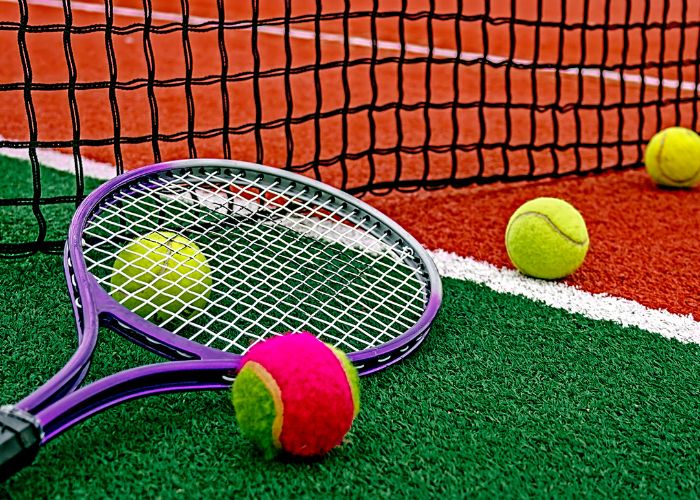
by ©florin1961 (Getty Images) via Canva.com
How to Choose the Right Type of Tennis Ball
Players will be able to determine the type of tennis ball they need to use by considering the playing surface and their own skill level.
If you’re a beginner or a player in training, you should opt for a softer ball, like a practice ball.
For regular play on hard courts, extra-duty tennis balls are best. They offer more power and durability and will last longer during games.
If you’re playing on soft courts such as clay, then regular-duty balls are better suited to this surface. The felt has been designed to slow the ball down slightly to give players more control over their shots.
For higher altitudes, hi-altitude balls are the best choice as they have been specifically engineered to maintain consistent pressure at higher altitudes.
And if you're playing at a professional or championship level, you should use professional or championship-level balls. These offer more power and control and are required for high-level tournaments.
What Else Impacts Your Tennis Performance?
Aside from high-quality tennis balls, there are other elements that will also have an effect on your performance.
The type of racquet used, the strings and their tension, as well as the grip used to hold the racquet will all affect how you play. Always play with the correct size and weight of racquet, and be sure to use the appropriate strings and tension.
Additionally, proper footwork and a good tennis stance are also essential for successful play. Tennis coaches will be able to support you with drills and exercises to help you improve your technique.
Some tennis players also find that they perform better on some court surfaces than others; for example, Andy Murray is known to favour clay courts. Experimenting with different surfaces can help you work out which court works best for your style of play.
Practice makes perfect, so make sure you play regularly to master the basics of the game and build up your skills.
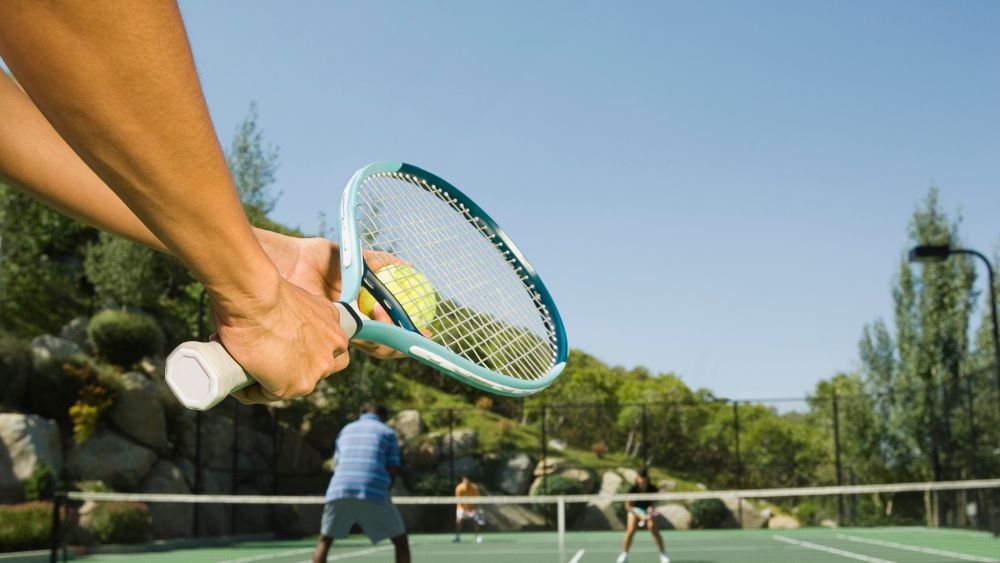
by ©thinkstock images (Photo Images) via Canva.com
Conclusion: Tennis Balls Make All the Difference to Your Tennis Play
Tennis racquets, court surface and technique all play a role in how successful you can be at the game, but the type of ball used is also essential. Different balls will react differently on different court surfaces and to different levels of skill and playing style.
Whether you’re a beginner or a professional player, it’s important to have the right balls for the right conditions to ensure the best performance.
Remember, practice makes perfect, and ensuring you have the correct type of tennis equipment will help you get the most out of your game.
Shop Edwards' tennis supplies here
FAQs
How do I choose a tennis ball?
The level of tennis you are playing and the surface you are playing on will determine which tennis ball is best for you. For beginner or training use, a softer ball, such as a practice ball, is recommended. Regular-duty balls are better for soft courts such as clay and extra-duty for hard courts. Hi-altitude balls can be used in places with higher altitudes.
Which tennis ball is good for beginners?
A softer ball, such as a practice ball, is best for beginners and training sessions. Practice balls are designed to be easier to control and gentle on the racquet strings. They also last longer during games.
How often should I change tennis balls?
For professional and championship-level play, the balls should be changed every seven games.
What tennis ball is used at Wimbledon?
The tennis balls used at Wimbledon are Slazenger tennis balls. These are designed for hard courts and offer more power and durability.
Featured Image by ©didesign021 (Getty Images) via Canva.com








